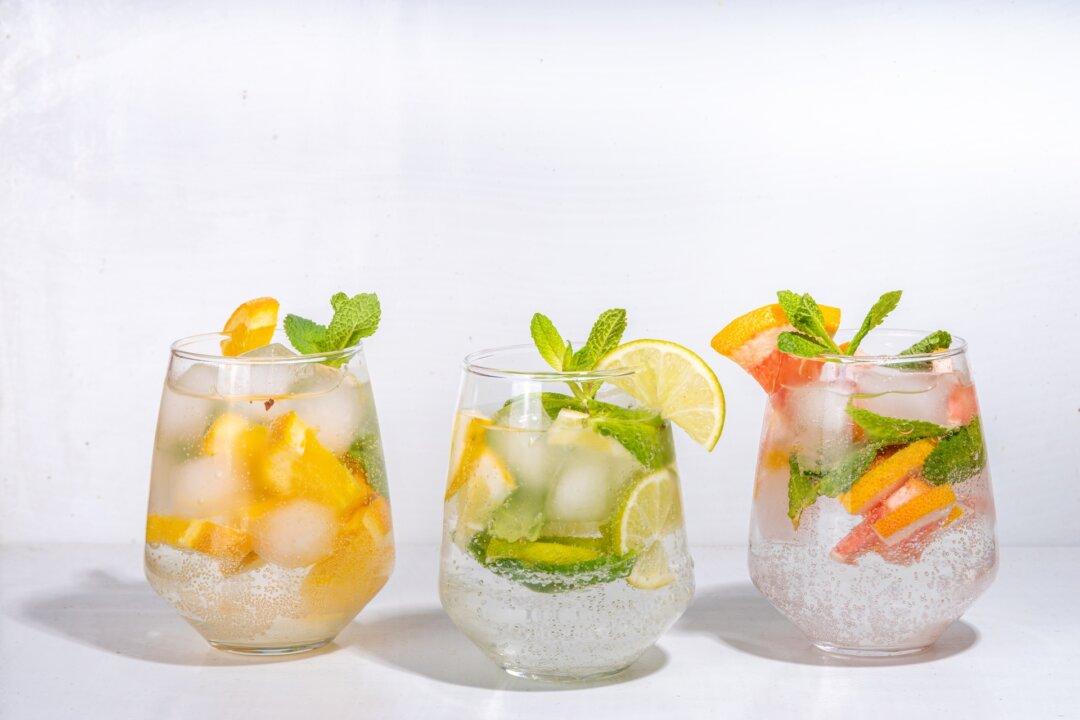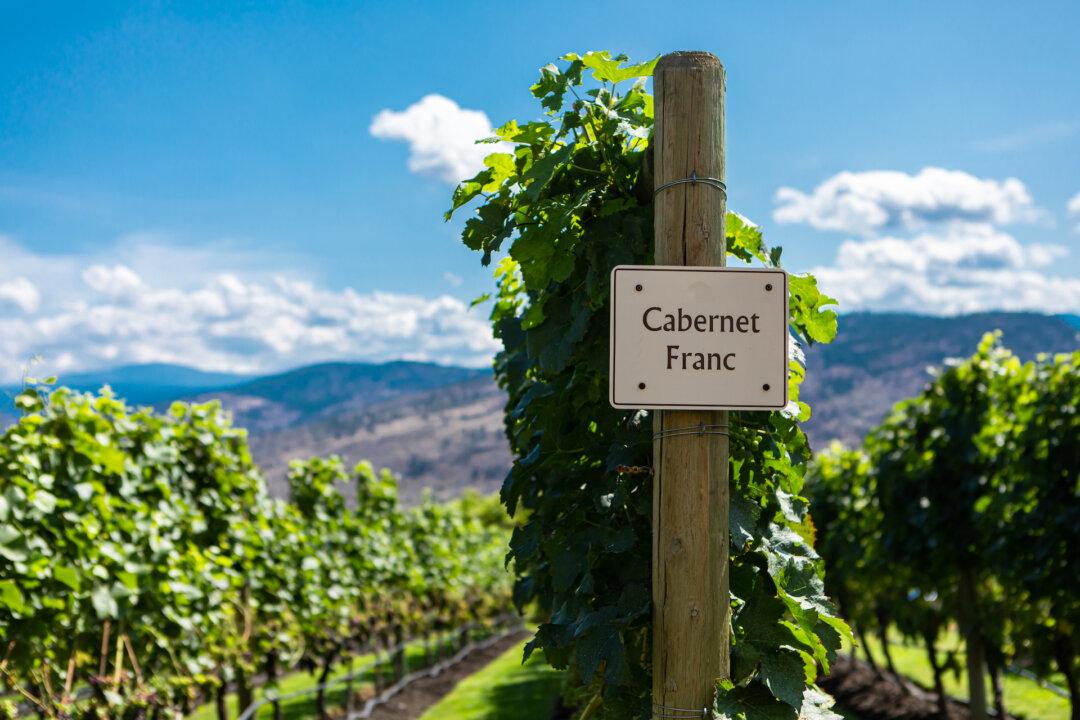“Gardenia?” he asked. “Is that what you smell?”
It was Thanksgiving decades ago, and my father said he loved the Navarro Gewurztraminer I had opened, but implied that he didn’t smell gardenias.
So I asked, “What do you smell?”
“Uh, wine,” he said. “And it’s really nice, but gardenia?” He said the wine smelled a little like carnations. “I really like it,” he said after taking a sip, then added that when he had wine with dinner, he never thought of trying to describe it.
“Well, Dad,” I said, “that’s what I do—what all wine writers do. We have to come up with words to describe this stuff.” And because I don’t rate wines using numbers, I’m reduced to the inexact process of describing wines in words.
How accurate are such descriptions? Not very. They can never be more than vague approximations. When a columnist suggests that a particular cabernet smells like cherries, he or she isn’t talking about cherries as much as the impression they got after sticking their nose in a glass and reducing their options down to that particular fruit.
Another writer smelling the same wine might suggest that the aroma is more like cassis. A third might say blackberries. All three aromas mentioned here differ slightly, and none is exactly what that wine smells like.
We wine writers use a set of terms drawn from a basic wine vocabulary, to which most writers subscribe. Included are vague terms, such as “clean,” “fresh,” and “fruity,” and more specific words, like “lime,” “blueberry,” “mocha,” and “bell pepper.”
Indeed, “nuts,” “coffee,” “bacon,” and other similar terms all relate, not to fruit but to smoke from an oak barrel.
Wine descriptors are nearly endless, especially if you deviate from standard words and add in the obscure, such as “shoe polish,” “thawed frozen spinach,” “aged Turkish tobacco,” “shiitake mushrooms,” and “acetone.”
Sauvignon blanc is one of the world’s most descriptive grape varietals, with a multitude of personas based not only on the grape variety, but also on where it grows, how it’s made, and what the vintage delivered.

New Zealand sauvignon blanc, notably from Marlborough, is about as classic a descriptor-heavy variety as exists. Many NZ sauvignon blancs are said to smell like cut grass, bell pepper, tropical fruit, stone fruits, minerals, and pineapple. In warm to hot regions, the variety is nearly scentless.
Among the most common descriptors for Marlborough sauvignon blanc are “cilantro,” “green pepper,” “gooseberries,” and even “cat pee”—even though that last term conjures up something unappealing.
These terms apply to many inexpensive wines ($7 to $10 per bottle). But when you move up the price scale, aromas become more classic, finer, less radically vegetative.
Between $15 and $25, New Zealand sauvignon blancs deliver aromatics that relate more to terms that are less rustic.
Lower-priced NZ sauvignon blancs also can have one additional drawback. Typically, they have a little less personality in the aftertaste and are slightly neutral.
So, yes, paying more for a New Zealand sauvignon blanc often gets you a lot more in terms of aroma and flavor—especially when the wine isn’t served nearly frozen.
For those who prefer all whites served stone-cold, lower-priced wines serve fine as thirst quenchers.
Wine of the Week
2021 Allan Scott Sauvignon Blanc, Marlborough ($16): Southern Hemisphere wineries harvest grapes six months ahead of those in the Northern Hemisphere. A result: The wines from this year’s harvest typically are available that much sooner here. This exceptional producer has some of the oldest sauvignon blanc vines in New Zealand, and its most recent version has just been released. I adored the 2020 vintage version of this wine, and this one is even better with traces of lime and grapefruit, delicate tropical/floral notes, and none of the sweetness that marks many of the cheaper versions. An exceptionally good wine worth paying slightly more to get.





